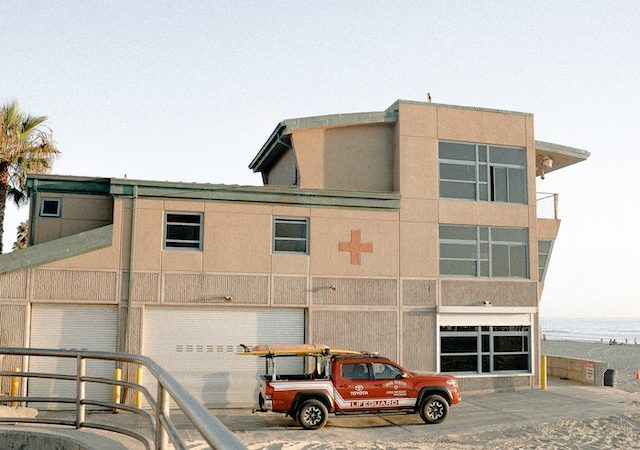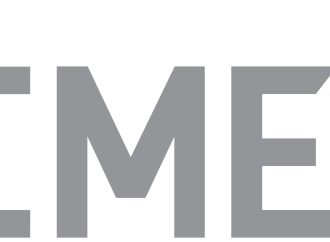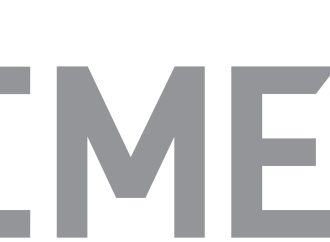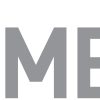Introduction: Financing your own healthcare facility comes with a unique set of challenges and opportunities. While the healthcare industry offers significant potential for growth and profitability, securing adequate funding can be a complex task. In this guide, we will explore the challenges you may face when financing your healthcare facility, as well as the opportunities
Introduction: Financing your own healthcare facility comes with a unique set of challenges and opportunities. While the healthcare industry offers significant potential for growth and profitability, securing adequate funding can be a complex task. In this guide, we will explore the challenges you may face when financing your healthcare facility, as well as the opportunities that exist to overcome these hurdles and ensure the success of your venture.
- Regulatory and Compliance Challenges: The healthcare industry is highly regulated, and compliance with numerous legal and regulatory requirements is essential. Navigating the complex landscape of healthcare regulations can be challenging and time-consuming. Ensure that you have a clear understanding of the applicable regulations, such as licensing, accreditation, and reimbursement requirements, and allocate resources for legal consultations to ensure compliance.
- High Initial Investment: Establishing a healthcare facility requires a substantial initial investment. Costs associated with land acquisition, construction or renovation, medical equipment, technology, staffing, and operational setup can quickly escalate. Securing the necessary funding for these expenses can be a significant challenge, particularly for new entrants. Thoroughly research funding options and develop a comprehensive business plan to demonstrate the financial viability of your facility to potential investors or lenders.
- Reimbursement and Payment Challenges: Managing reimbursements and ensuring timely payments from insurance providers, government healthcare programs, and patients can pose financial challenges. Delays in reimbursements or non-payment can impact cash flow and hinder the smooth operation of your facility. Implement robust billing and revenue cycle management systems, negotiate favorable contracts with payers, and explore innovative payment models to mitigate these challenges.
- Market Competition: Healthcare is a highly competitive industry, and market saturation in certain regions can pose challenges for new healthcare facilities. Existing providers may already have established patient bases and referral networks, making it difficult to attract patients and build market share. Conduct a thorough market analysis to identify gaps and unmet needs. Differentiate your facility by offering specialized services, focusing on exceptional patient experience, and building strong relationships with referring physicians.
- Evolving Healthcare Landscape: The healthcare industry is constantly evolving, driven by advancements in technology, changes in reimbursement models, and shifting patient expectations. Staying abreast of these changes is crucial to remain competitive. However, adapting to rapid industry transformations can be a challenge, requiring ongoing investments in staff training, technology upgrades, and process improvements. Embrace innovation, leverage emerging trends such as telemedicine, and cultivate a culture of continuous learning to seize the opportunities presented by the evolving healthcare landscape.
- Financing Options and Partnerships: While securing funding for a healthcare facility can be challenging, various financing options and partnerships exist. Explore traditional bank loans, healthcare-focused lenders, venture capitalists, private investors, government grants, and crowdfunding platforms. Consider strategic partnerships, joint ventures, and collaborations with established healthcare organizations to access funding, expertise, and shared resources.
- Demographic and Market Trends: An aging population, rising healthcare needs, and increasing consumer demand for quality healthcare services present significant opportunities for healthcare facilities. Tailor your services to meet the specific needs of your target demographic, such as specialized geriatric care or chronic disease management. Leverage market trends and consumer preferences to develop innovative service offerings that differentiate your facility in the market.
- Emphasis on Value-Based Care: The shift towards value-based care presents both challenges and opportunities. Healthcare reimbursement models are increasingly tied to outcomes, patient satisfaction, and cost-effectiveness. To thrive in this environment, focus on care coordination, patient engagement, and implementing quality improvement initiatives. Invest in data analytics and population health management tools to track outcomes and demonstrate value to payers and patients.
Conclusion: Financing your own healthcare facility involves navigating a range of challenges, from regulatory compliance to market competition and evolving industry trends. However, by understanding these challenges and proactively identifying opportunities, you can position your facility for success. Thorough planning, comprehensive market analysis, strategic partnerships, and adaptability to industry changes are essential to overcome financing hurdles and establish a thriving healthcare facility.























Leave a Comment
Your email address will not be published. Required fields are marked with *